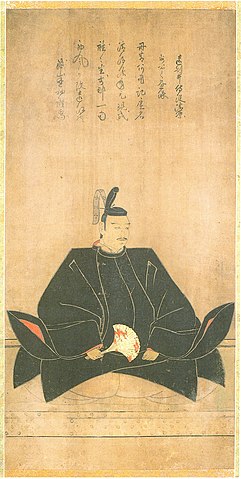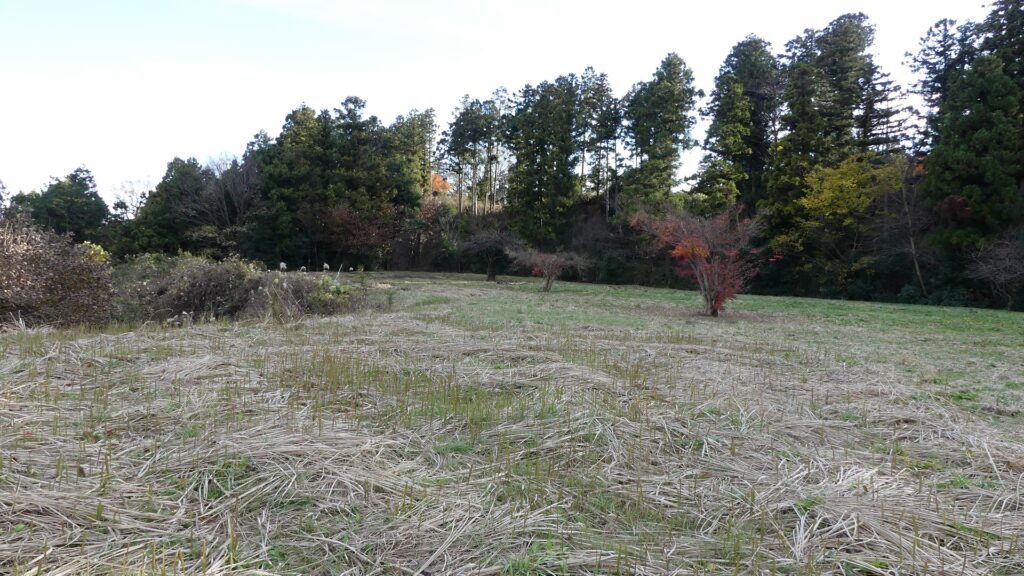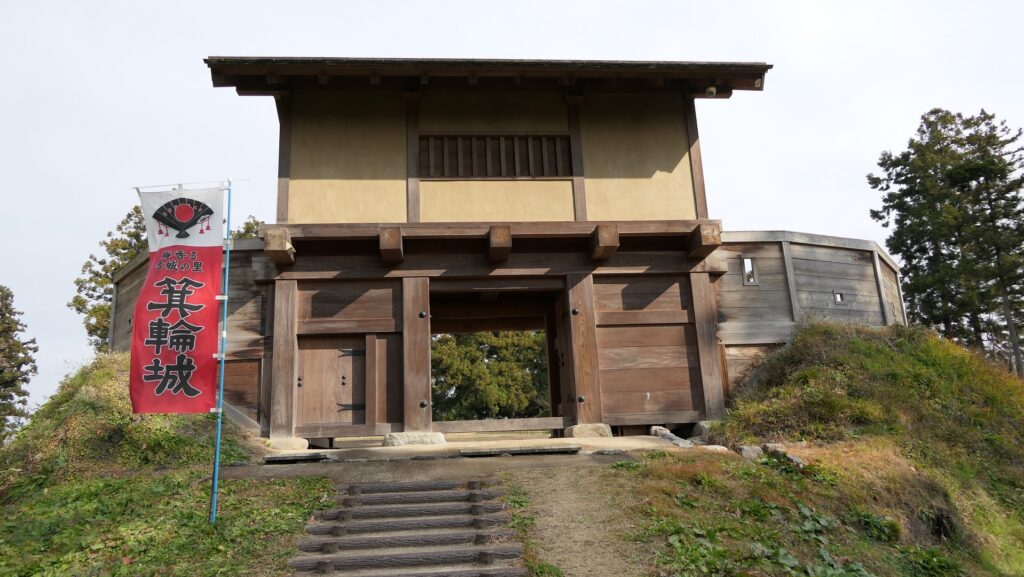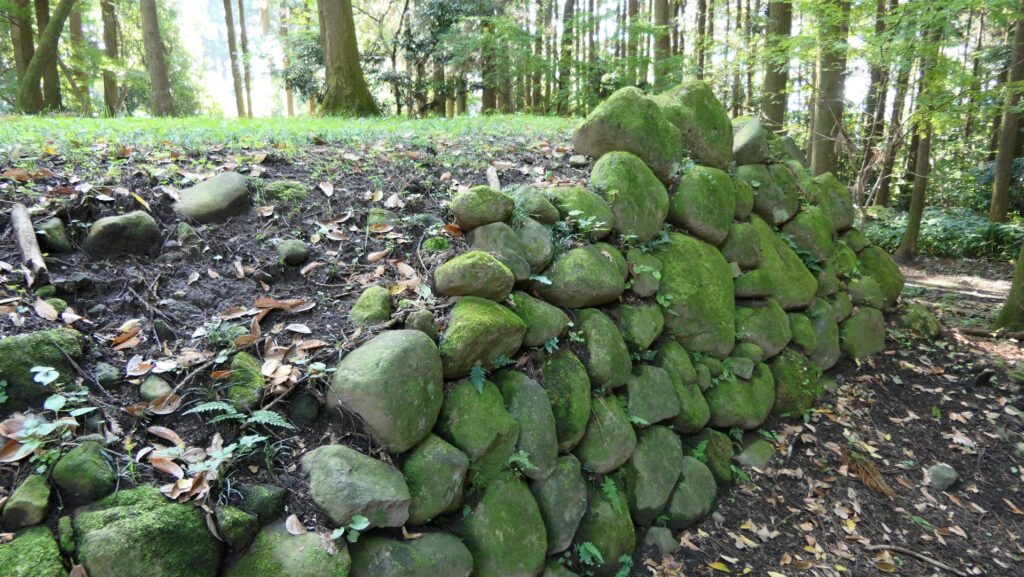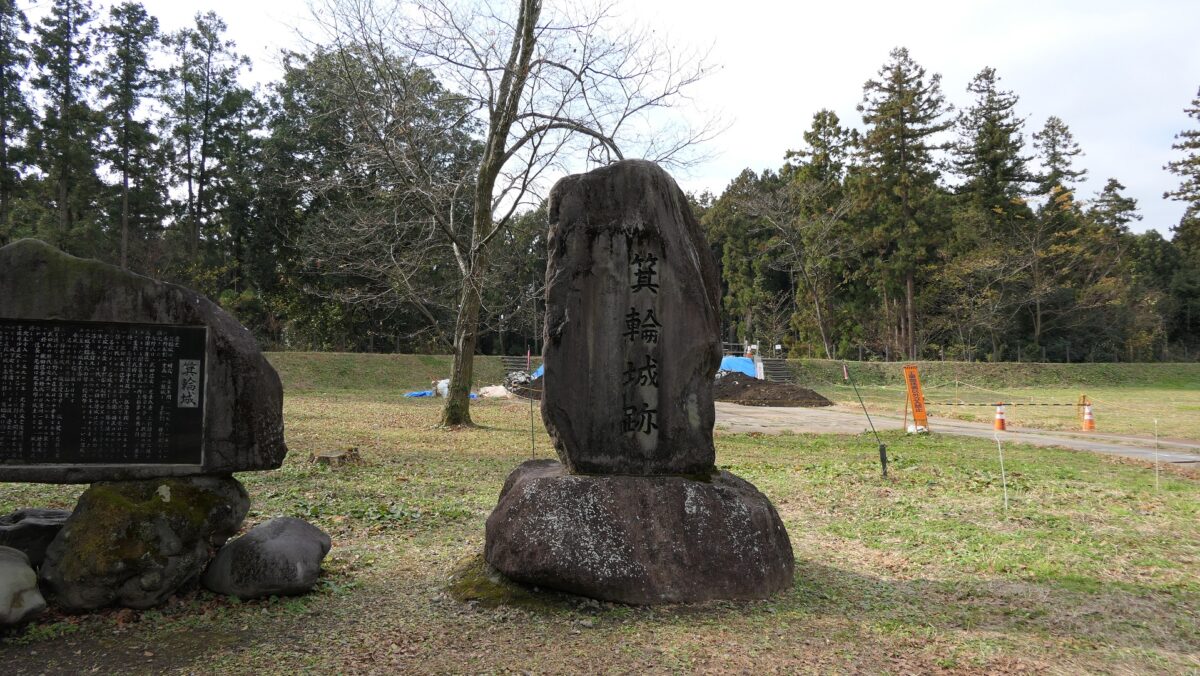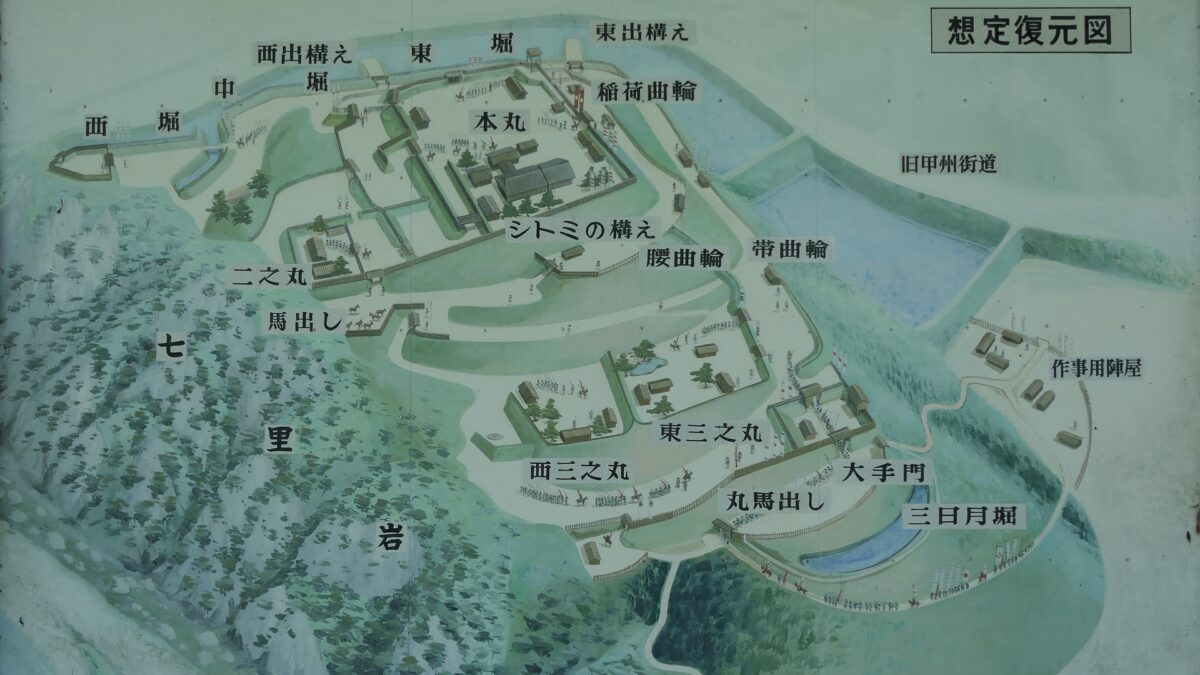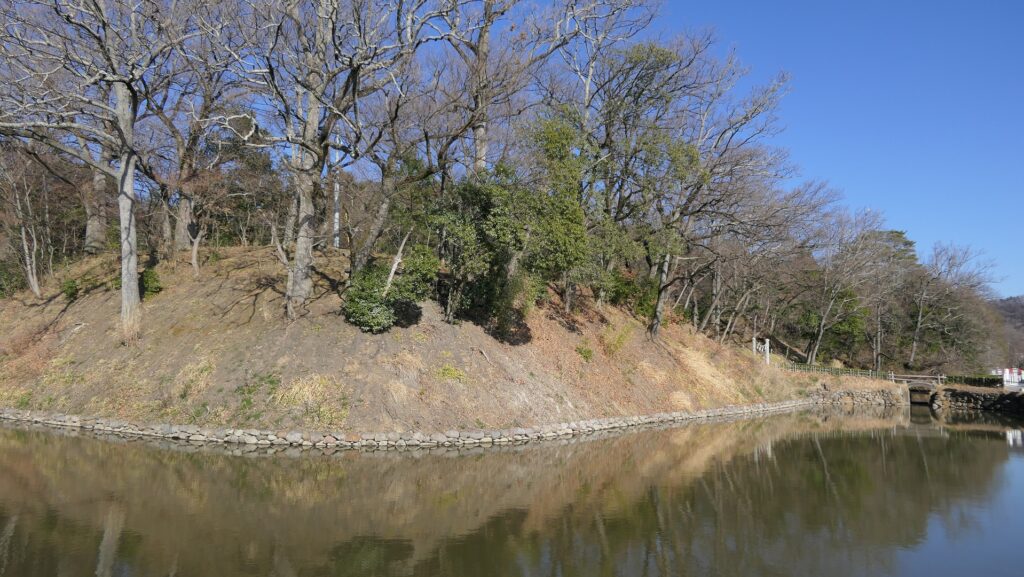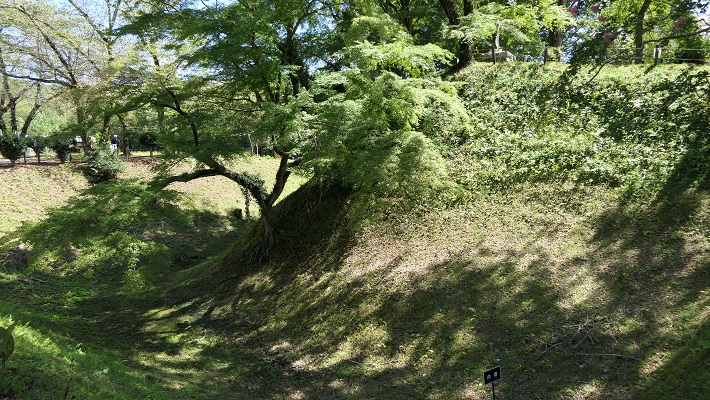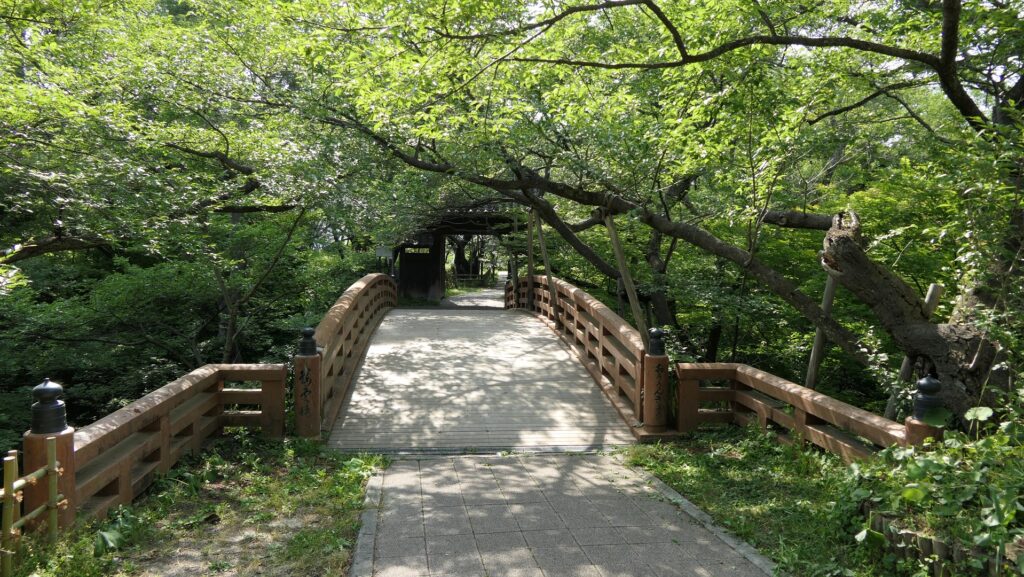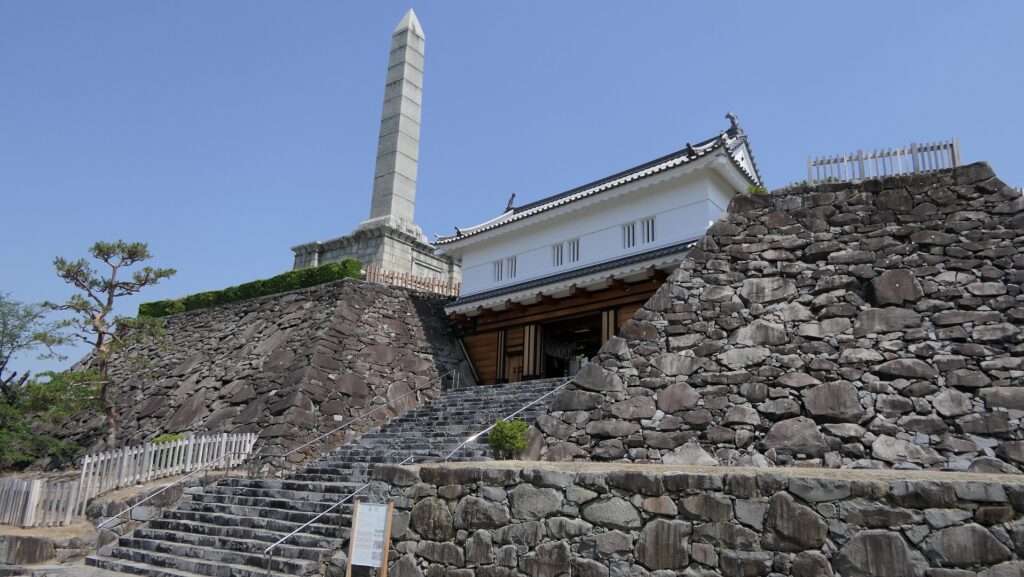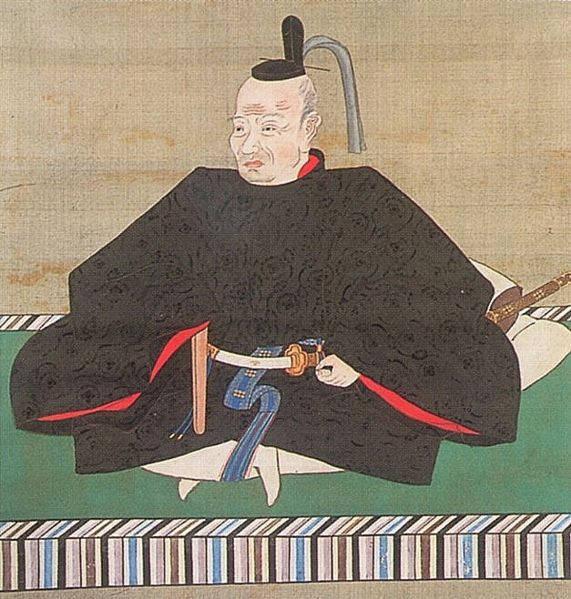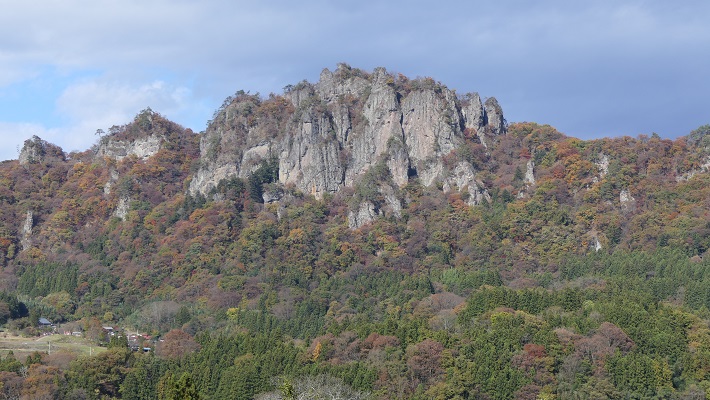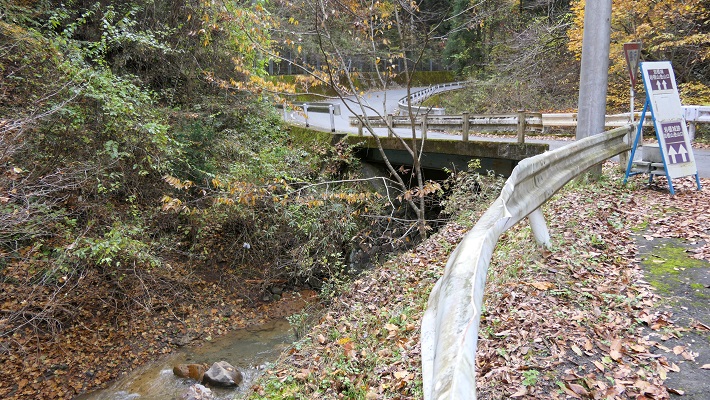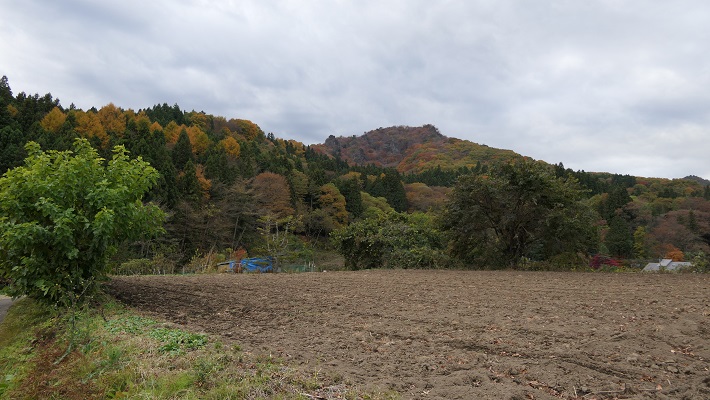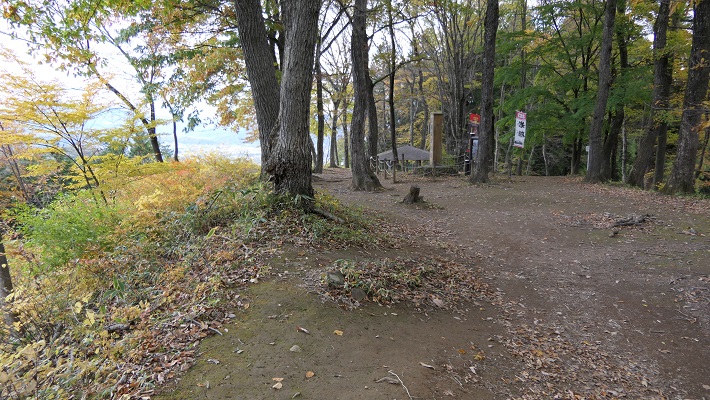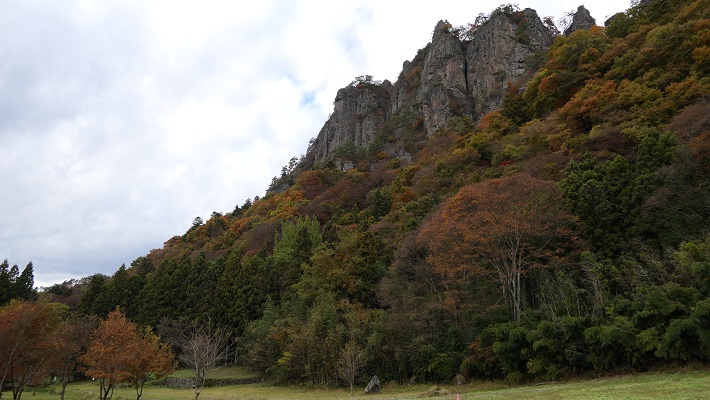Location and History
Nagano Clan builds Castle in Sengoku Period
Minowa Castle was located on a hill at the foot of Mt, Haruna in Kozuke Province which is now Gunma Prefecture. The Nagano Clan first built this castle at the start of the 16th Century during the Sengoku Period. The clan was thought to originally be an official family of the local government in the ancient times, and eventually became a powerful local lord in the Middle Ages. They had lived near the Provincial Office on a plain land in the center of the province. However, it got dangerous to continue to do so, because many battles happened all over the Kanto Region since the late 15th Century. That’s why the clan built the castle beside the mountain area near western part of the province.
The location of the castleNarimasa Nagano fights alone
The Nagano Clan worked under the Uesugi Clan, the governor of Kozuke Province. Norimasa Uesugi, the lord of the clan at that time, was defeated by the Hojo Clan from the south in the Battle of Kawagoe Castle in 1546. After that, he escaped from Kozuke Province to Echigo Provence in the north of the Kozuke Province. As a result, most of the local lords supported the Hojo Clan. However, Narimasa Nagano who was the lord of the clan, didn’t do so, showing his loyalty to the Uesugi Clan. He was considered as one of the strongest generals at that time, against large warlords such as the Hojo and Takeda Clans. He organized a group of local lords in the region, called the Minowa Group, to maintain their territories. He even accommodated some other generals who lost their territories due to defeats of battles, such as Yukitaka Sanada.


After some years of his binding time, Kenshin Uesugi, the successor of Norimasa, invaded the Kanto Region including Kozuke Province from Echigo Province in 1560. Narimasa became one of senior vassals of the Uesugi Clan again and succeeded to be the lord of the western Kozuke Province. However, when Kenshin returned to his home base, Kasugayama Castle in Echigo Province, the Hojo Clan started to get the territories back. In addition, Narimasa tried to subject the Obata Clan in Kunimine Castle to the southwest of Narimasa’s territory, but failed. This was because Nobuzane Obata, the lord of the clan, asked Shingen Takeda, one of the greatest warlords, for help and became his retainer. Yukitaka Sanada, who was saved by Narimasa, also became a senior vassal of Shingen after leaving Narimasa. Shingen was a lifetime competitor of Kenshin, so he started to invade the western Kozuke in 1561.


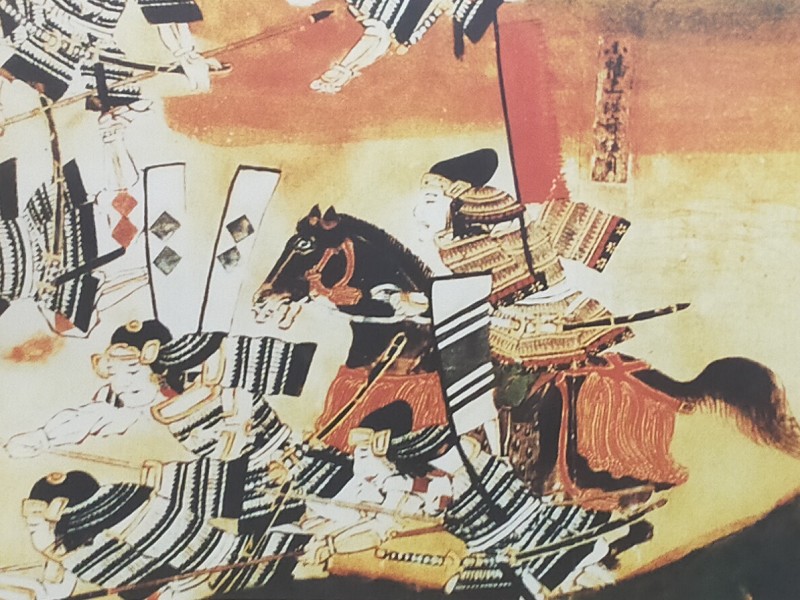

Castle falls with Destruction of Nagano Clan
Narimasa could somehow maintain Minowa Castle and the area around in his life, but died of illness in 1561. His son, Narimori Nagano followed his father’s way not to surrendering to their enemies. However, Shingen did a full-scale attack on Minowa Castle in 1566 before the castle fell. Narimori and his relatives fought to the end and finally killed themselves in the Gozen Enclosure of the castle. It is said that they threw the memorial tablets of their ancestors into the well in the enclosure before their deaths.
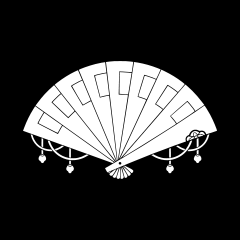
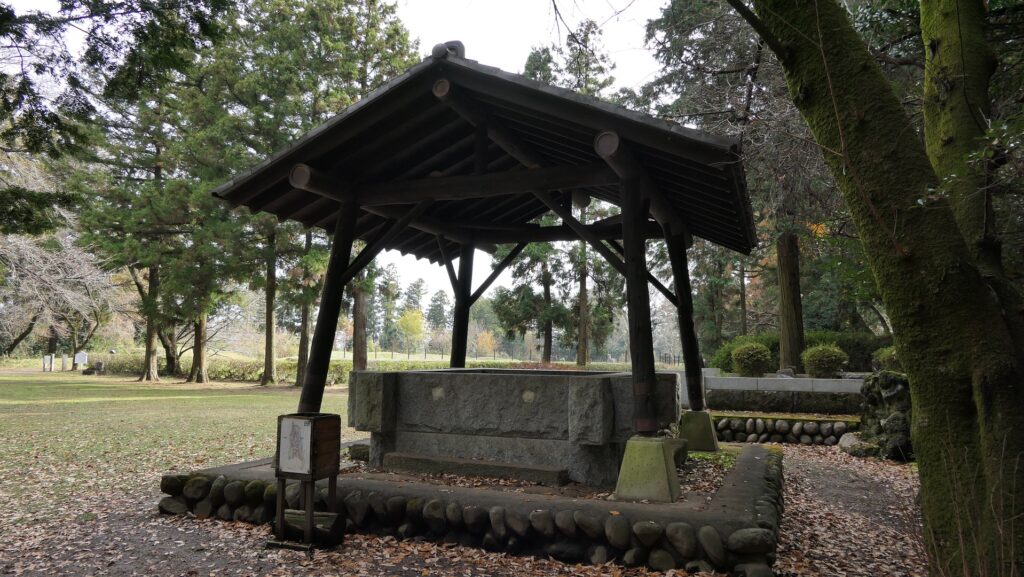
After that, Nobuzane Obata changed their master to the Oda and Hojo Clans to maintain their territory after the destruction of the Takeda Clan. In 1590, when the ruler, Hideyoshi Toyotomi invaded Hojo’s Kanto Region, Obata’s own castle fell, then the clan loss their territory as well. On the other hand, the Sanada Clan struggled to be independently based in Ueda, Numata and Iwabitsu Castles. They finally succeeded to achieve this, however it was very hard to climb.
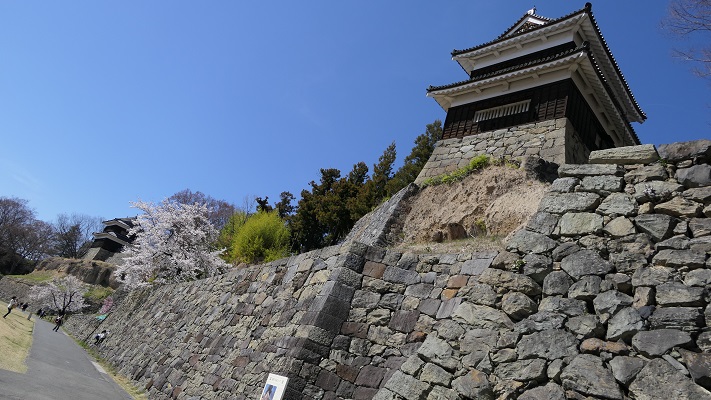
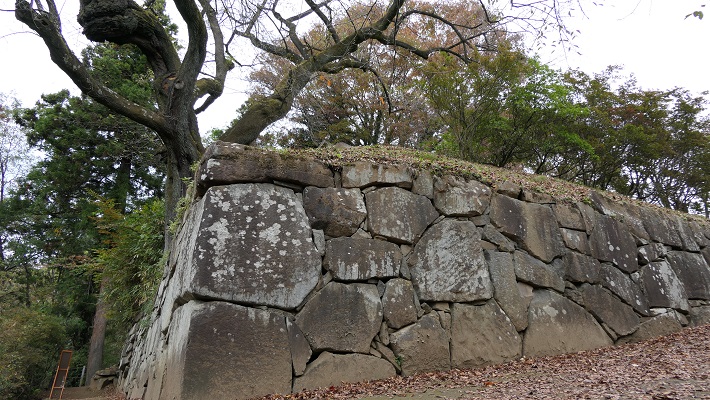
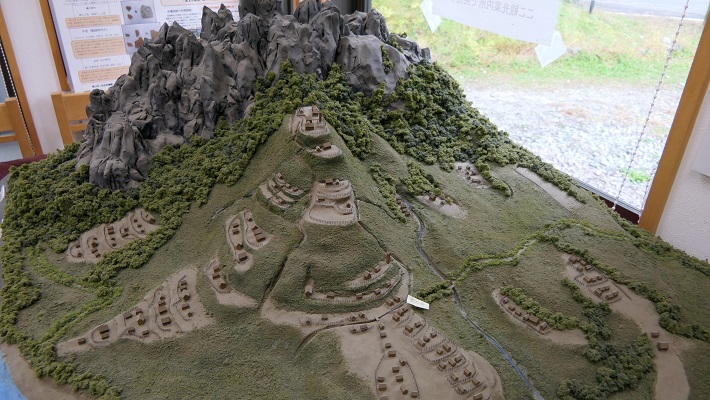
Naomasa Ii modernizes and abandons Castle
After Minowa Castle fell, the Takeda Clan owned the castle, followed by the Oda, Hojo and Tokugawa Clans. Naomasa Ii, the head of senior vassals of the Tokugawa Clan, was the last lord of the caste. He entered the castle when the Tokugawa Clan was moved to the Kanto Region in 1590. Minowa Castle was large, but originally had enclosures mainly made of soil, surrounded by dry moats. Naomasa improved and modernized the castle as much as he could. For example, he developed new enclosures such as the Inari Enclosure with a water moat to be more defensive. Stone walls were built alongside the Main Route to show the castle lord’s authority. Some turret gates were also built in the important positions of the castle, such as the Kaku-umadashi Western Entrance Gate. However, Naomasa finally moved to his new home base called Takasaki Castle on a plain land in 1598 before Minowa Castle was abandoned.
